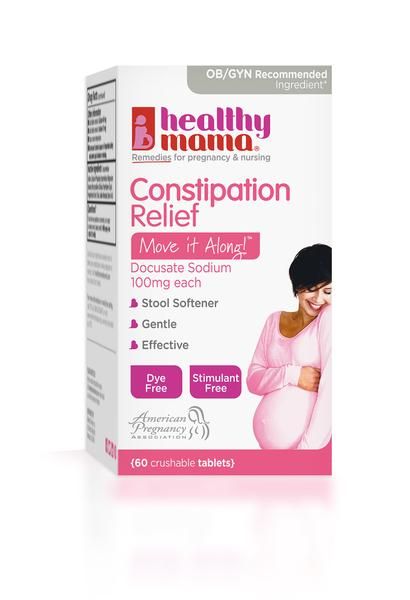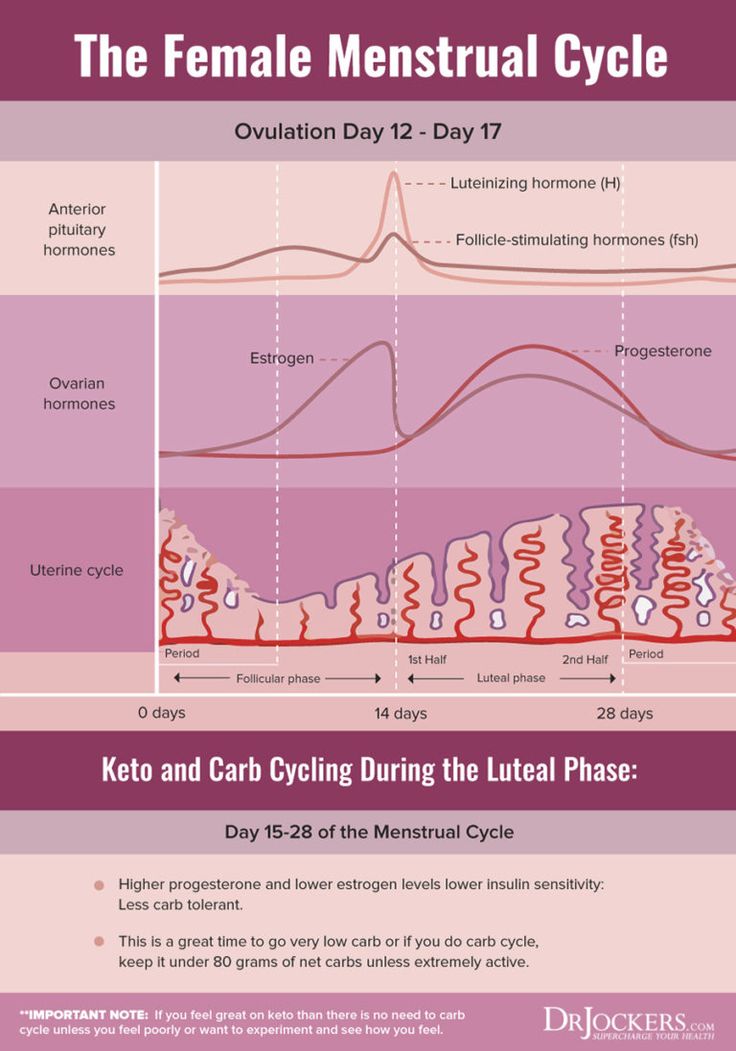Natural constipation relief for babies
Baby constipation: Top 7 home remedies
Babies often go a long time between bowel movements. Most of the time, it is normal for a baby to go days or even more than a week without a bowel movement. However, a baby may sometimes be constipated and need a little help.
If a baby is constipated, a pediatrician may recommend using home remedies as a first-line treatment for baby constipation.
Home remedies for constipation in a baby include:
1. Exercise
Moving a baby’s legs can help relieve constipation.
As with adults, exercise and movement tend to stimulate a baby’s bowels.
However, as babies may not be walking or even crawling yet, a parent or caregiver may want to help them exercise to relieve constipation.
The parent or caregiver can gently move the baby’s legs while they are lying on their back to mimic the motion of riding a bicycle. Doing this may help the bowels function and relieve constipation.
2. A warm bath
Giving a baby a warm bath can relax their abdominal muscles and help them stop straining. It can also relieve some of the discomfort relating to constipation.
3. Dietary changes
Certain dietary changes may help constipation, but these will vary depending on the baby’s age and diet.
While breastfeeding a baby, a woman could eliminate certain foods, such as dairy, from her diet. It may take some trial and error to identify the dietary changes that help, and it is quite possible that changes in the diet will have no effect on the baby’s constipation.
For formula-fed babies, a parent or caregiver may want to try a different kind of formula. It is best not to switch to a gentle or dairy-free formula without consulting a pediatrician first. If one change does not make a difference, continuing to try different formulas is unlikely to help.
If an infant is eating solid foods, parents or caregivers should look to introduce foods that are good sources of fiber.
Many fruits and vegetables can help stimulate the bowels because of their higher fiber content.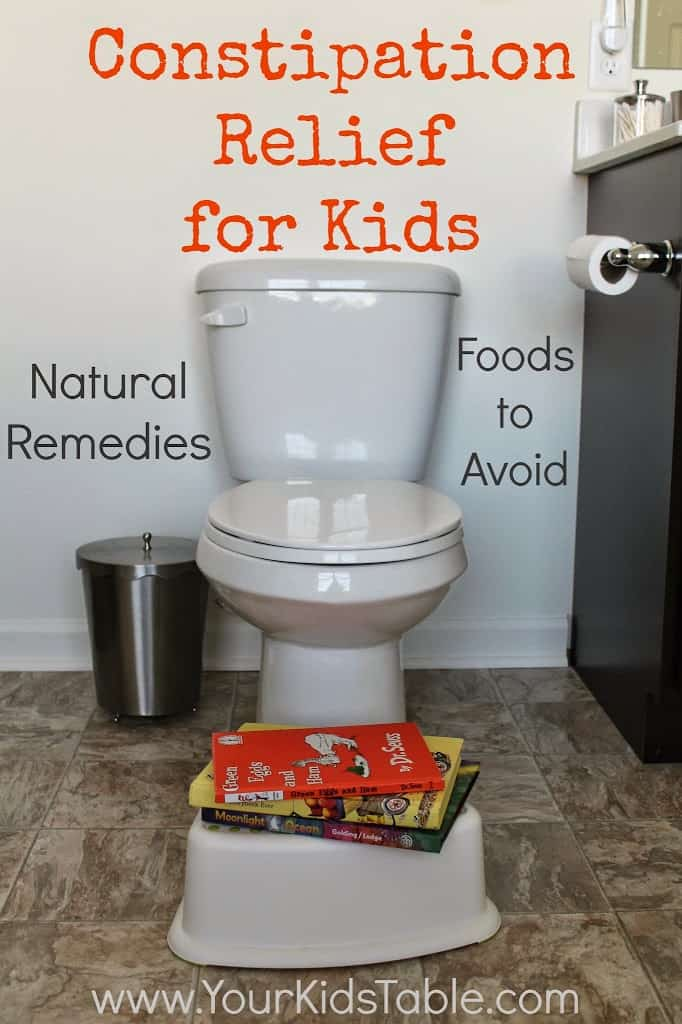 Good food choices for babies with constipation include:
Good food choices for babies with constipation include:
- skinless apples
- broccoli
- whole grains, such as oatmeal or whole-grain bread or pasta
- peaches
- pears
- plums
4. Hydration
Young infants do not typically need supplemental liquids as they get their hydration from breast milk or formula.
However, babies that are constipated may benefit from a small amount of extra liquid.
Pediatricians sometimes recommend adding a small amount of water or, occasionally, fruit juice, to the baby’s diet when they are over 2–4 months old and are constipated.
5. Massage
There are several ways to massage a baby’s stomach to relieve constipation. These include:
- Using the fingertip to make circular motions on the stomach in a clockwise pattern.
- Walking the fingers around the naval in a clockwise pattern.
- Holding the baby’s knees and feet together and gently pushing the feet toward the belly.

- Stroking from the rib cage down past the belly button with the edge of a finger.
6. Fruit juice
A small amount of pure apple juice can help soften stool.
After a baby reaches 2–4 months of age, they can have a small amount of fruit juice, such as 100-percent prune or apple juice. This juice may help treat constipation.
Experts may recommend starting with about 2–4 ounces of fruit juice. The sugar in the juice is hard to digest. As a result, more liquid enters the intestines, which helps soften and break up the stool.
However, a parent or caregiver should not give fruit juice to a baby for the first time without consulting their pediatrician.
7. Taking a rectal temperature
When a baby is constipated, taking the baby’s rectal temperature with a clean, lubricated thermometer may help them pass stool.
It is important not to use this method very often, as it can make constipation worse. The baby may start not wanting to pass a bowel movement without help, or they may begin to associate having a bowel movement with discomfort, leading them to fuss or cry more during the process.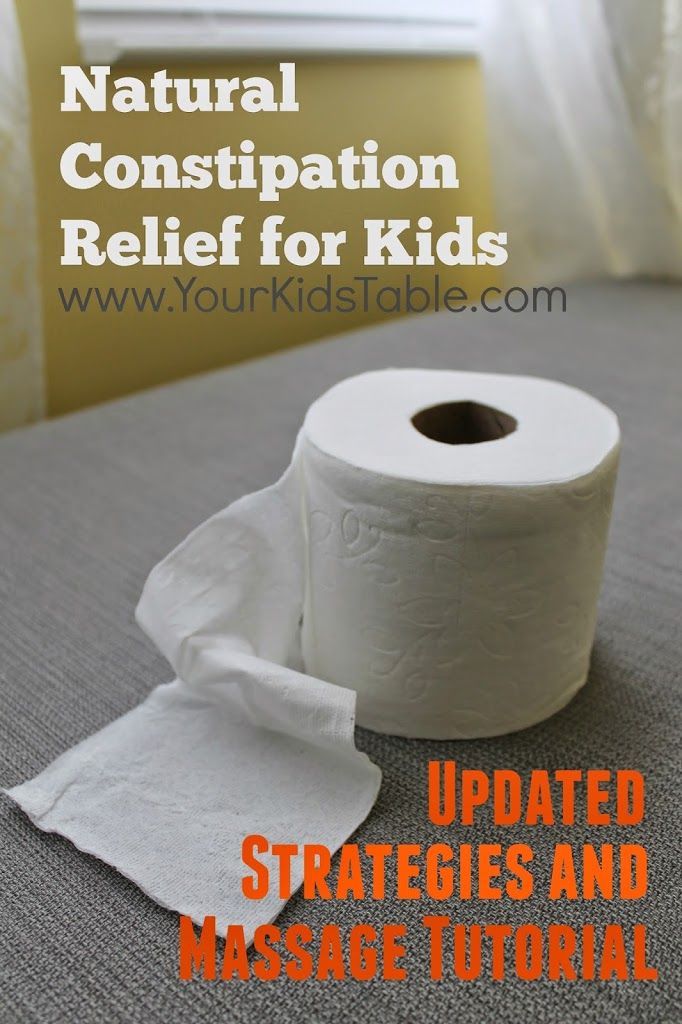
Anyone who feels as though they often need to use this method to help the baby have a bowel movement should talk to the baby’s doctor.
As infants may go for extended periods without a bowel movement, it can be hard to tell if they are constipated. Signs that indicate constipation in a baby include:
- infrequent stools that are not soft in consistency
- clay-like stool consistency
- hard pellets of stool
- long periods of straining or crying while trying to have a bowel movement
- streaks of red blood in the stool
- lack of appetite
- a hard belly
Signs of constipation in babies vary depending on their age and diet. A normal bowel movement before a baby begins eating solid food should be very soft, almost like the consistency of peanut butter or even looser.
Hard baby stool prior to solid food is the most obvious indication of constipation in babies.
At first, breastfed babies may pass stool often since breast milk is easy to digest. However, once a baby is between 3 and 6 weeks old, they may only pass a large, soft stool once a week and sometimes even less.
However, once a baby is between 3 and 6 weeks old, they may only pass a large, soft stool once a week and sometimes even less.
Formula-fed babies tend to pass stool more frequently than breastfed babies. Most formula-fed babies will have a bowel movement at least once a day or every other day. However, some formula-fed babies may go longer between bowel movements without being constipated.
Once a parent introduces solid food to a baby’s diet, a baby may be more likely to experience constipation. A baby may also be more likely to become constipated if a parent or caregiver introduces cow’s milk (other than formula) to their diet.
Share on PinterestA doctor should assess a baby with ongoing constipation.
It is advisable to call a pediatrician if a baby has not passed a stool after a day or two and there are other signs present, such as:
- blood in the stool
- the baby seems to be irritable
- the baby appears to have abdominal pain
- there is no improvement in the baby’s constipation after taking steps to treat it
Treatment typically starts with home remedies. If home remedies do not work, a doctor may examine the baby and, in rare cases, prescribe medications, such as:
If home remedies do not work, a doctor may examine the baby and, in rare cases, prescribe medications, such as:
- laxatives
- enemas
- suppositories
People should never give these medications to a baby unless a doctor prescribes them.
Constipation can lead to discomfort and irritability in a baby. People can try several at-home methods to help alleviate constipation.
If symptoms do not improve, it is best to speak to the infant’s pediatrician for additional strategies.
Read the article in Spanish.
Baby Constipation: Everything You Need to Know
What’s a mama to do when baby hasn’t pooped in a while? Find out what causes baby constipation, plus get safe, natural ways to give your little one relief.
Our bodies often give us clues as to our overall health. Regular and natural pooping indicates that we’re probably getting enough fiber and have a healthy diet. So when your baby becomes constipated, it’s a clear sign that something is wrong.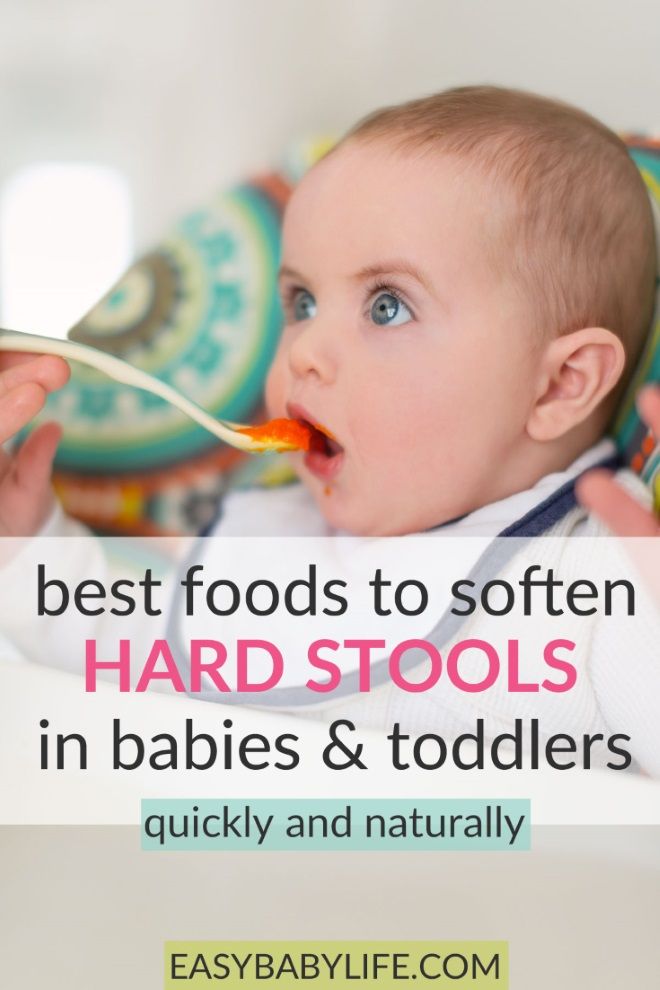
6 Natural Remedies for Constipation in Babies
When it comes to constipation remedies, it’s best to let Mother Nature lend you a helping hand. Here’s how:
1. Proper diet
When baby is eating solids, avoid foods that constipate (like bananas, rice, or too much meat) and offer high-fiber foods that help relieve constipation.
Good choices include cooked pears, prunes, apricots, and peaches. You can offer these fruits as purees or slices (if you’re doing baby led weaning). Just remember: Babies younger than 6 months should not have anything but breastmilk or formula unless directed by a doctor.
2. Probiotics
Probiotics help restore balance in the gut, improve overall digestive health, and can make a huge difference in a constipated baby. Simply mix the recommended dosage amount into a bottle of breastmilk, formula, or purees for one of the best natural constipation remedies. You can also apply directly to the nipple if breastfeeding.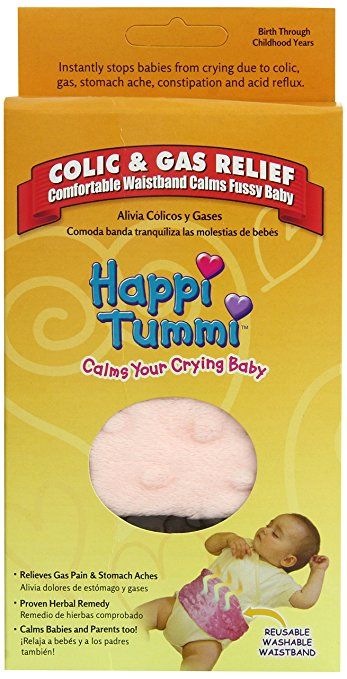
3. Homeopathic remedies for digestion
You should always get your doctor’s approval, but homeopathic remedies are safe, easy to administer, and can be very effective at treating baby constipation. Simply give one pilule (the little white bead) under the tongue or dissolve two pilules in a small amount of breastmilk or formula. Use a syringe to administer to baby and repeat as needed.
Homeopathic baby constipation remedies include:
- Calc-cabonica: For constipation accompanied by teething or for babies who are sensitive to lactose or milk protein.
- Lycopodium: For irritable or extremely gassy babies.
- Nux-vomica: For constipated babies who are straining.
- Silica: For babies who produce stools, but the stools are small and hard.
4. Warm baths
A warm bath can soothe baby and stimulate the digestive system. For the most effective constipation remedy, mix in Epsom salts—the magnesium helps relax muscles and soften stool to move things along.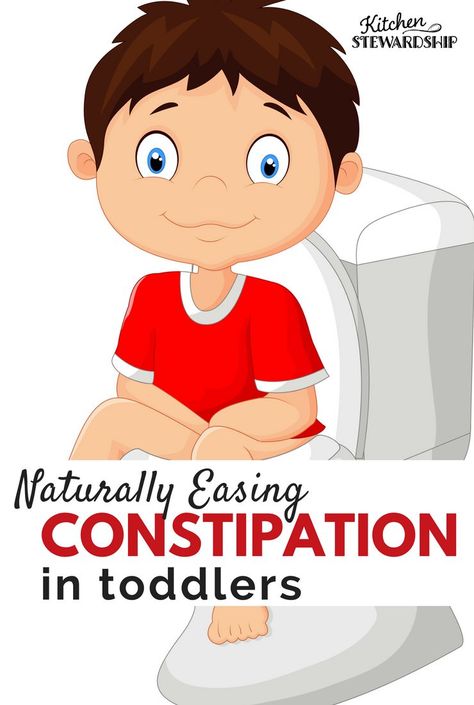
5. Exercise
Just like adults, exercise can help get the digestive system going. If baby can crawl, get on the floor with her and encourage her to crawl towards you. If not, you can “bicycle” her legs by laying her down and moving her legs back and forth as if she were riding a bicycle. You can also have baby do tummy time if it’s not too uncomfortable.
6. Baby massage or foot rubs
Massaging your little one’s belly helps move trapped air and gas, which contribute to constipation. It’s one of the simplest natural constipation remedies—just move your hand in sweeping or circular motions across baby’s abdomen. Remember not to press too hard.
There are also pressure points relating to the gut on the feet. You can find these between the ball of the foot and the heel. Gently rub in circular motions with your thumbs.
This video gives a great overview of how to perform baby massage to naturally relieve constipation.
What about over-the-counter products?
There are plenty of products designed to be constipation remedies for babies and children, but they should not be your first line of defense. Some stool softeners for babies contain yucky ingredients like artificial food dyes and preservatives and could set up dependencies.
But how do you know if your child is constipated? Lactation consultants often advise new parents to count wet diapers to make sure baby is getting enough to drink. And there are some studies supporting the theory that the amount of soiled diapers baby has per day should match a baby’s age during the first week of life—on day four baby should have approximately four soiled diapers, for example.
But, like adults, baby’s bowel movements can vary a fair amount from person to person, so diaper output isn’t always a hard and fast rule.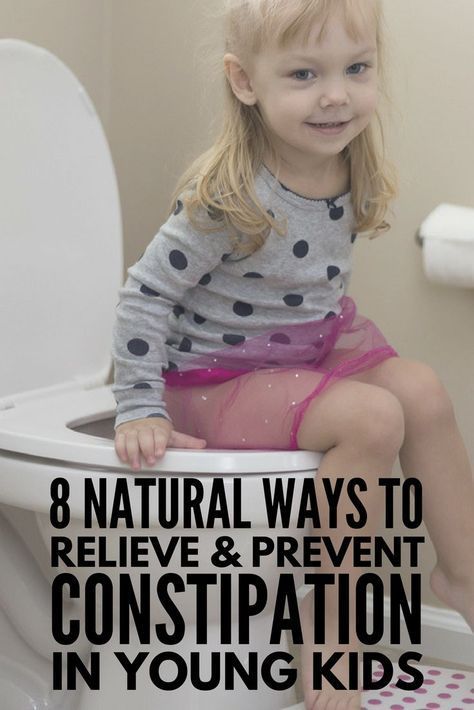 Here’s what to look for:
Here’s what to look for:
Change in Frequency
Use your baby’s normal bowel movement pattern as a baseline. If your baby hasn’t pooped in two days, but normally has a bowel movement after every feeding, he might be a little backed up.
If you’re having a hard time keeping track, many breastfeeding trackers also give you a place to log bowel movements.
Hard Stools
Even if your baby has regular poopy diapers, hard, dry poop (think: rabbit poop) is one of the surest signs of baby constipation. Poop shouldn’t be so hard that it causes painful straining.
Hard stools don’t typically occur in breastfed babies, but formula-fed babies may benefit from switching formulas. (Here are more causes of baby constipation.)
Straining
If you notice your baby grunting excessively and turning red in the face, she is probably straining to poop.
Firm belly
Does baby’s tummy feel full, hard, or bloated? This is one of the most common signs of constipation in babies, since constipation can cause a belly to feel extra firm.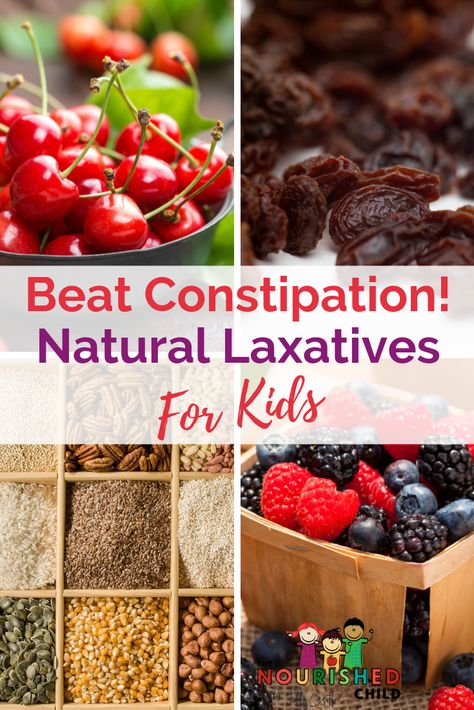
Refusing to eat
Due to their bowel discomfort and distention, constipated babies often refuse food—even if it’s been hours since their last meal.
Blood in the stool
Just like with adults, straining too hard during a bowel movement can cause tiny fissures (tears) around the anus, which produce little streaks of blood on the outside of the stool. Although this can be a normal side effect of baby constipation, blood throughout can indicate a problem. If you see any blood in your baby’s poop, it’s always a good idea to visit the pediatrician to rule out other conditions.
Get free updates on baby’s first year! – Free Updates on First Year [In-article]
Sign me up!
What Causes Constipation in Babies?
These symptoms of baby constipation may be a result of the following:
Transitioning to solids
It’s common for babies who are transitioning to solids to experience constipation, because their digestive systems are adjusting to the new diet.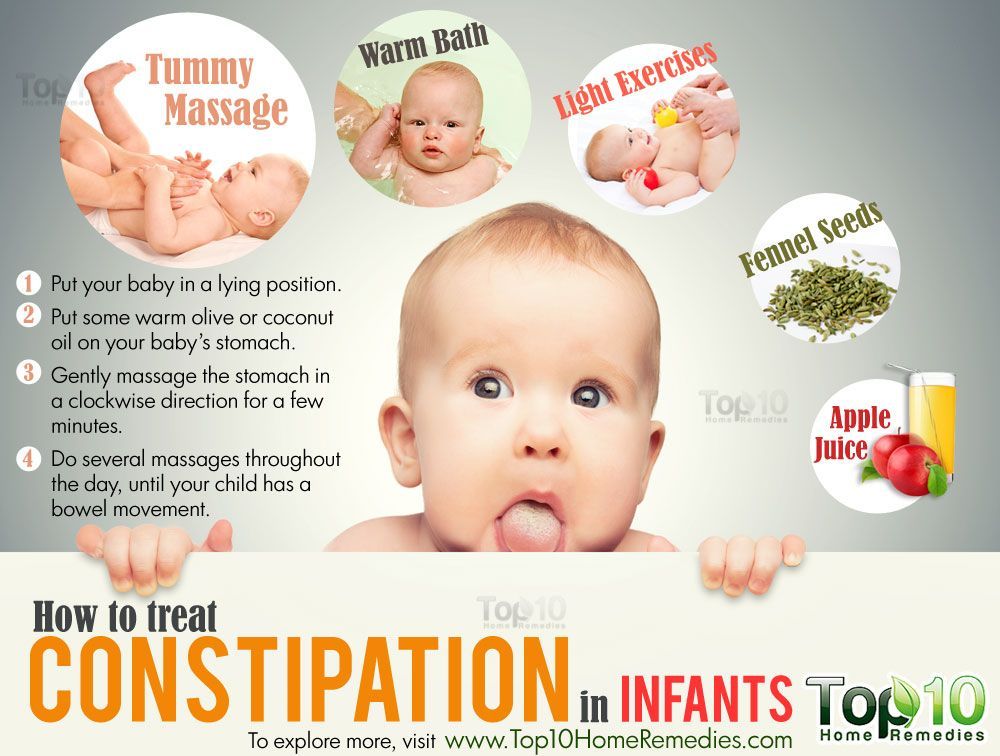
Wait until baby displays signs of readiness (like reaching for your food) and is at least 6 months of age to give solids or purees. If baby becomes constipated, he may not be ready for the transition quite yet. Cut back on solid foods and boost your breastfeeding.
Feeding constipation-causing solids
Some foods produce hard, firmer stools and can result in constipation problems. You don’t have to cut them out entirely, but both bananas and applesauce, popular first foods for babies, can back baby up. The pectin in applesauce, for example, pulls water out of the stool, making it harder for baby to pass. It can also cause stomach cramps and gas.
Though you may have heard that bananas are good for constipation, it depends on whether the banana is ripe. They can contain high amounts of starch, which contributes to constipation. Don’t give bananas to a baby dealing with constipation.
Too much rice cereal
Though often recommended by pediatricians, rice cereal is not a great choice for baby’s first solid. Besides being high in arsenic, cereal is usually made from white rice and is, therefore, very low in nutrients, including fiber. Babies immature systems also have a hard time digesting grains. Try these foods instead.
Besides being high in arsenic, cereal is usually made from white rice and is, therefore, very low in nutrients, including fiber. Babies immature systems also have a hard time digesting grains. Try these foods instead.
Mom’s diet
Sometimes the cause isn’t what baby’s eating—it’s what mama is eating. Studies suggest that chronic constipation in children can be a result of a cow’s milk allergy. Other signs of a cow’s milk allergy or sensitivity can include baby eczema, hives, or excessive spitting up.
If you suspect your baby is sensitive to dairy or other allergens, slowly cut out dairy and other potential triggers from your diet. An elimination diet can help pinpoint what your baby is reacting to. A lactation consultant can help guide you through the process.
Incorrect formula ratio
If baby drinks formula, double check to make sure you’re using the correct ratio of powder to water. An imbalance can contribute to dehydration, which can cause constipation in babies.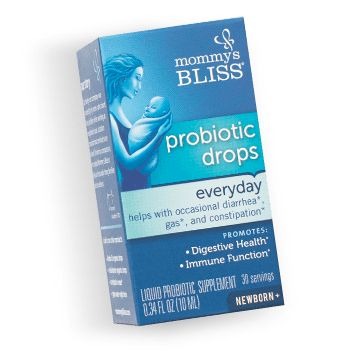
Try a new formula
If a bottle-fed baby is constipated, sometimes it’s as easy as changing out the formula. Some babies don’t do well on a cow’s milk formula, but thrive on a goat’s milk one. Experiment and see if that helps baby’s bowels.
Dehydration
Sometimes a little dehydration is all it takes to cause constipation. If baby is steadily gaining weight, you probably don’t have to worry about dehydration. But if baby is not gaining weight, has a poor latch, or is excessively fussy, he may not be getting enough milk. A lactation consultant can help determine whether or not baby is getting enough to drink and can help establish a plan of action.
Medical condition
Although rare, chronic constipation be a result of medical conditions including allergies or thyroid disorders. Consult your child’s pediatrician if you suspect a problem.
Preventing Constipation in Babies
There’s also one big dietary component that can help prevent constipation in the first place: Hydrate, hydrate, hydrate.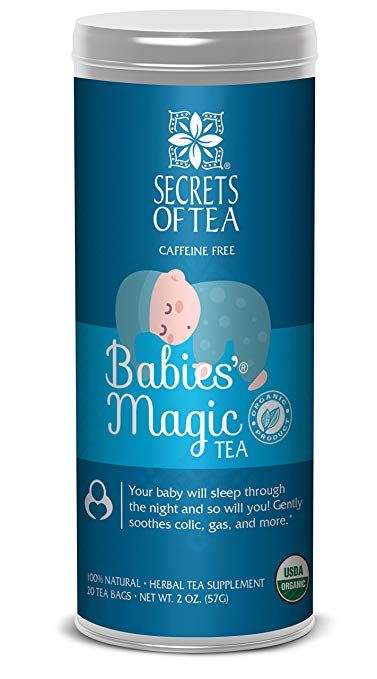
When baby is dehydrated, the risk of constipation increases. Here’s what you can do:
- For babies under 6 months old, this means breastfeeding on demand (breast milk is over 80 percent water!) or giving the proper amount of formula each day.
- For babies eating solids, make sure baby continues to get either breastmilk or formula for liquid nourishment. Once baby can use a sippy cup, you can give 2 ounces of water per day for added hydration.
When to Call a Doctor
Sometimes, no matter what you try, natural remedies just aren’t working. If you’ve exhausted all of these options and haven’t found a way to relieve baby’s constipation, you may be wondering what to do next.
It’s important to call your child’s pediatrician if baby isn’t eating, stops producing wet diapers, or has blood in her stool. If baby is younger than four months of age, call the doctor if baby has hard or pebble-like stool or hasn’t had a bowel movement within 24 hours.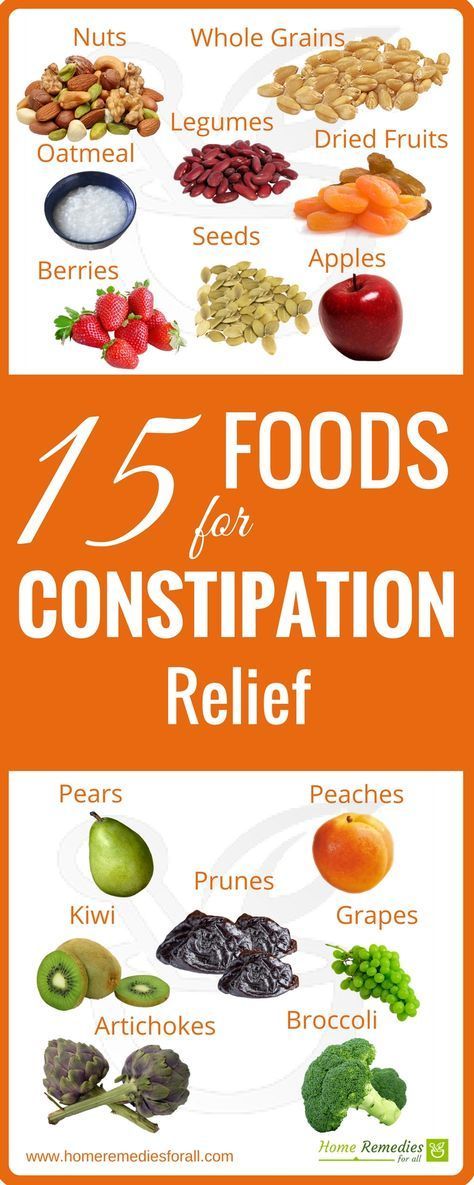
is it possible for a child to take, the rules of administration, dosage
Features of constipation in children
One can speak of constipation when the time interval between bowel movements increases in comparison with the individual physiological norm or with regular incomplete emptying of the intestine.
For babies of the first months of life on breastfeeding, a stool can normally be from one to 6-7 times during the day. With a gradual transition to the “common table”, the chair becomes thicker and less frequent. Constipation can be considered a decrease in stools - less than 6 times a week for babies up to 3 years 1 .
In older children, the frequency of bowel movements can normally range from 3 times a day to 3 times a week. Constipation can be considered less than 3 stools per week for children over
3 years of age 1 .
Non-drug correction
If the baby has constipation, first of all, it is necessary to review and adjust the feeding process: the feeding schedule and the amount of food.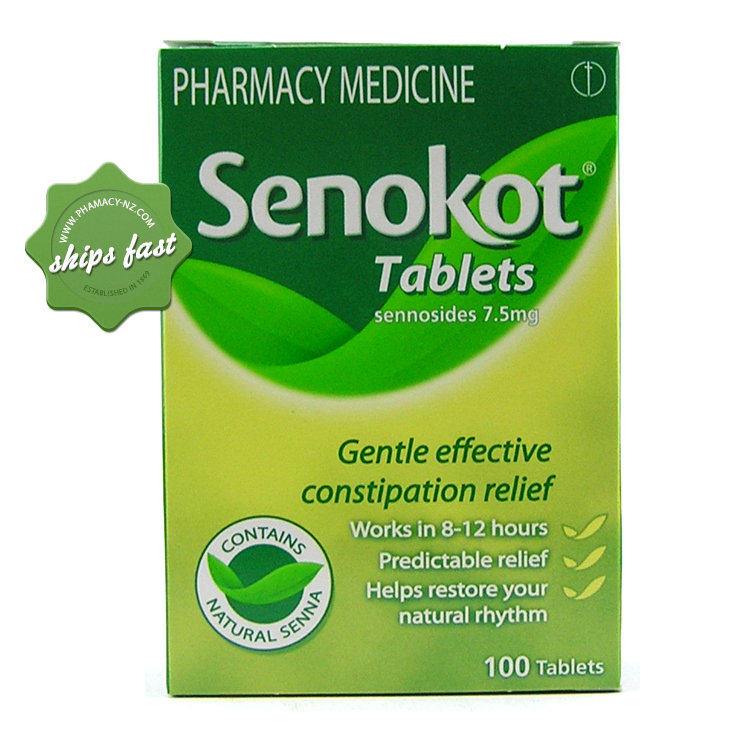 It may be necessary to refuse unreasonably early introduction of complementary foods. A nursing mother should drink enough fluids and limit the use of foods that stimulate gas formation and slow down the peristalsis of the large intestine: strong tea and coffee, alcoholic beverages, chocolate, sugar syrups, citrus fruits 2 .
It may be necessary to refuse unreasonably early introduction of complementary foods. A nursing mother should drink enough fluids and limit the use of foods that stimulate gas formation and slow down the peristalsis of the large intestine: strong tea and coffee, alcoholic beverages, chocolate, sugar syrups, citrus fruits 2 .
In a bottle-fed baby with constipation, use only adapted milk formulas and avoid frequent changes.
The baby needs to be provided with a sufficient amount of liquid: clean water, you can give herbal tea with fennel or chamomile for babies. Starting from 4-4.5 months, the baby can be given weakly concentrated dried fruit compotes or berry fruit drinks. It is worth introducing complementary foods in the form of vegetable and fruit purees no earlier than the 5th month of a child's life 2 .
Abdominal massage may be helpful for babies with constipation problems before feeding.

Constipation can also be relieved by position therapy (laying the baby on the stomach with legs bent and brought to the body), light massage of the perianal area 2 .
In the diet of a child with constipation older than one year of age, there should be food rich in dietary fiber and vegetable fiber, fermented milk and dairy products containing lacto- and bifidobacteria
2.3 .Wheat bran is abundant in dietary fiber, but its use in young children may be limited due to the bran's ability to absorb nutrients in the intestinal lumen. The diet should also include vegetables and fruits 2 . It is also important for the child to observe the drinking regime - drinking enough water 4 .
Physical activity
A necessary condition for preventing constipation is constant regular physical activity (especially morning exercises), sufficient exposure of the child to fresh air (in cold weather - at least 2 hours, in warm - 4 hours or more) 3 .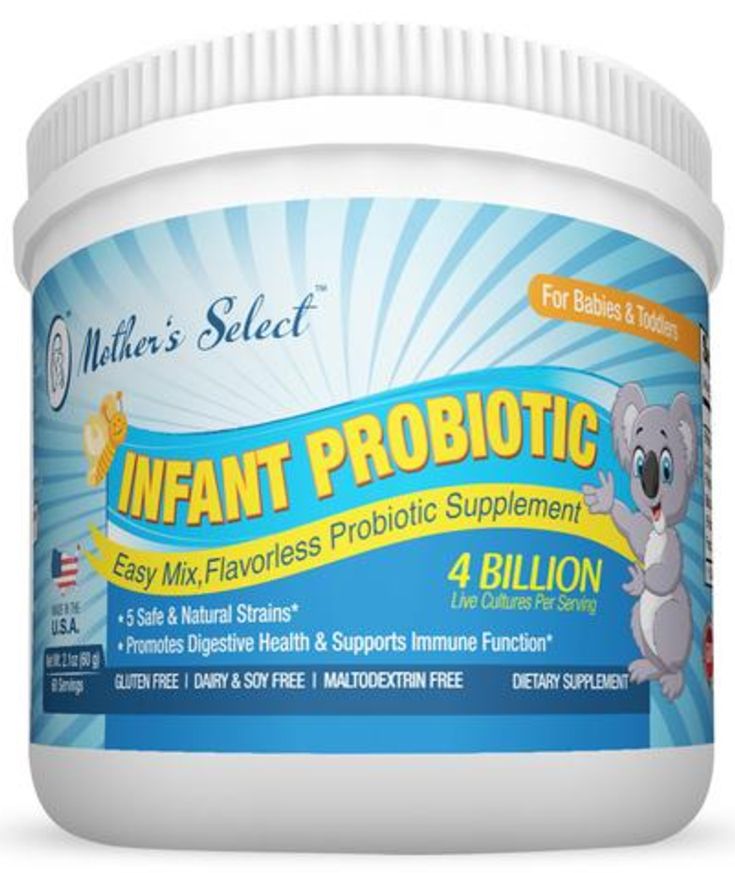
Formation of toilet habits
To form toilet habits from the age of one and a half years, a child should be put on the pot 2-3 times a day after meals for 5 minutes (toilet training) 1 . At this time, the baby should not play with toys, look at pictures in books, watch TV 3 .
Suppression of the urge to defecate
Suppression of the urge to defecate may be the main causative factor of constipation if the child is constantly busy and his day is scheduled to the minute, as well as in an unusual and uncomfortable environment 1 . Therefore, for normal bowel movements, a comfortable toilet is important, including a footrest, if necessary, to provide support during defecation 4 .
Drug treatment
It is believed that even the initial therapy of constipation in children should not be limited only to the correction of nutrition and regimen.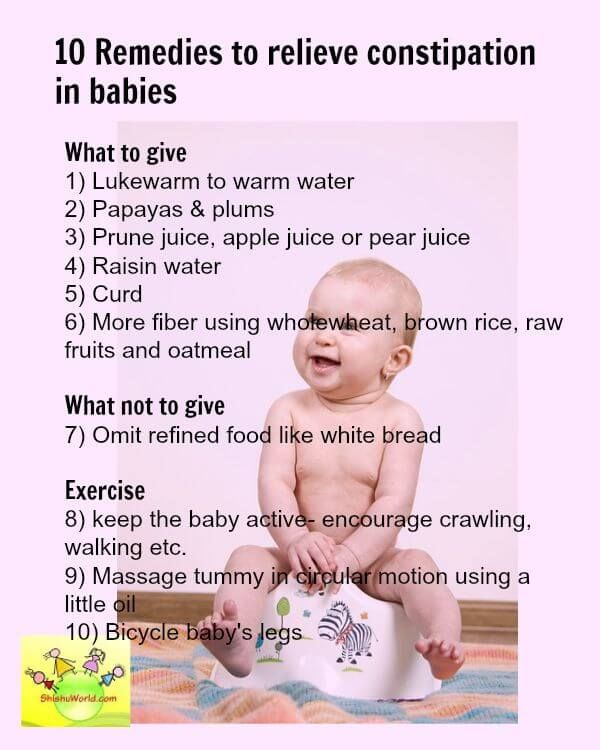 Such changes may increase the frequency of stools in healthy children, but not reduce symptoms in those with constipation 2 .
Such changes may increase the frequency of stools in healthy children, but not reduce symptoms in those with constipation 2 .
Some drugs used in adults may be restricted for use in children for various reasons.
Also, some laxatives may have an unpleasant taste or require large amounts of liquid to be taken, which may make children reluctant to take the medicine 2 . It is important to note that many children may have a negative attitude towards rectal manipulation: the use of enemas may cause additional fear and discomfort in children regarding defecation 2.5 . In addition, often the use of rectal laxatives is considered possible only after unsuccessful treatment with oral laxatives 6 .
For the treatment of constipation in children, a doctor may prescribe a drug from the group of stimulant laxatives from the age of 0 years - oral drops Guttalax®
2.7 .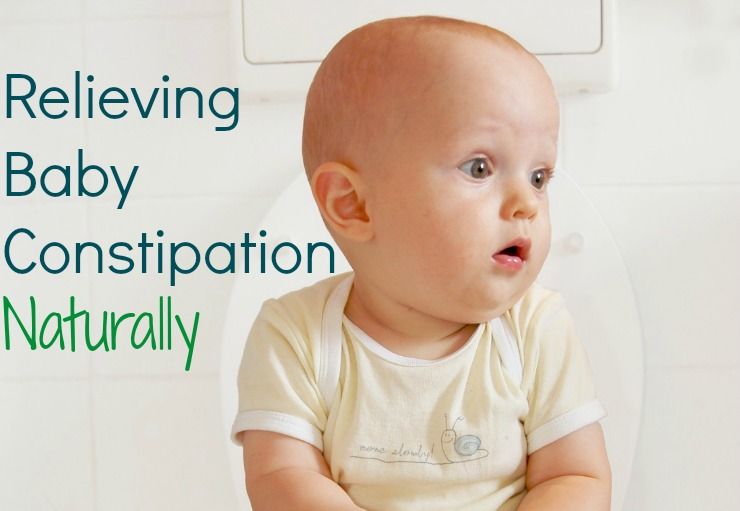
The active ingredient, sodium picosulfate, is activated directly in the colon by bacterial degradation. Guttalax® promotes the natural process of defecation 7 .
Guttalax® has a dual mechanism of action:
On the one hand, it helps to increase intestinal motility, stimulating the act of defecation, and on the other hand, it helps to soften the stool by attracting water / electrolytes into the lumen of the large intestine 7 .
What else is important to know about Guttalax®
The drug is not addictive when taken in recommended dosages 7
Guttalax® does not affect the digestion and absorption of nutrients in the intestines 7
Guttalax® drops do not have taste and smell, they can be easily added to the child in any food or drink The drug in the form of drops allows you to choose an individual effective dose for the child 7 The use of drugs, including laxatives, such as Guttalax®, in such a special population group as children, is possible only after consultation doctor 7 According to the instructions for medical use, the standard dosage of Guttalax® for children is: 90427 : Instructions for use and dosage*
7 Children from 0 to 4 years old
90®025
Over 10 years old
Dosage: 10-20 drops per day
Children 4 to 10 years old
Dosage: 5-10 drops per day
The laxative effect may take 6-12 hours to develop
To help your child go to the toilet in the morning, you can give him Guttalax® drops at night before bed
* Use Guttalax® in children only after consulting a doctor.
Treatment of constipation involves a holistic approach, including information for parents on toilet training, advice on nutrition, drinking regimen, physical activity and daily routine 2 .
More about the drug
THERE ARE CONTRAINDICATIONS. IT IS NECESSARY TO CONSULT WITH A SPECIALIST.
MEDICINES FOR CONSTIPATION TOP-5
_posted_by Test Test
07.07.2017
What is the mechanism of action of popular laxatives? How to choose effective and safe? What should be done to prevent constipation?
Constipation is a problem that is not usually talked about. But it certainly shouldn't be ignored. If constipation is not treated, then, in addition to banal discomfort, it can lead to serious health problems. Hemorrhoids, toxicosis of the body, chronic fatigue, excess weight - and this is not all the consequences of constipation.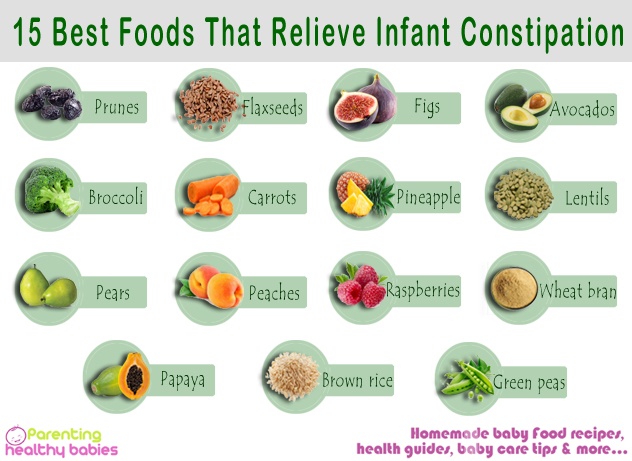
There are many laxatives in pharmacies, but it is not so easy to navigate the assortment. To make the right choice, you need to understand the mechanism of action of a particular drug. To do this, we bring to your attention the TOP 5 popular remedies for the treatment of constipation.
Gutalax is the most popular laxative for constipation
This is an irritant drug. The mechanism of its work is based on a chemical effect on the intestinal receptors, which improves peristalsis and stimulates defecation. The main advantage is a quick effect. The result will be in 6-10 hours after taking.
However, drugs of this type cannot be used systematically. Long-term use (more than 10 days) can lead to a deterioration in bowel function and a violation of the water-salt balance. In addition, they are addictive and have quite a few side effects and contraindications. Therefore, a doctor should prescribe a laxative for constipation of such a mechanism of action.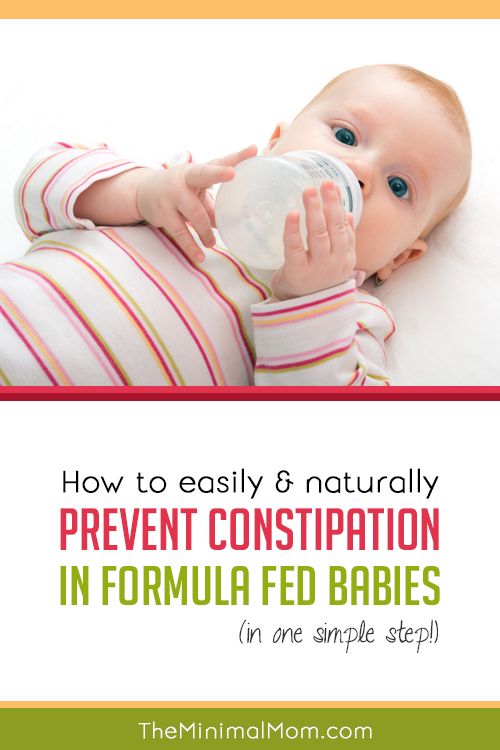
Duphalac - prebiotics for gentle bowel relief
The effect of this remedy for constipation is based on the action of lactulose, one of the natural prebiotics. These are reliable and safe drugs. In fact, prebiotics are certain food components that are not digested in the digestive tract, but stimulate the growth of beneficial bacteria. During their fermentation, organic acids are produced, which improve bowel function. In addition, prebiotics inhibit the growth of harmful microflora and promote the elimination of toxins.
Prebiotics have virtually no side effects, so they are prescribed even for infants and pregnant women. True, there is one caveat - these are slow-acting remedies for constipation - one cannot expect a quick effect from them.
Folk remedies for constipation
The most popular folk remedies are flax seeds (tea or infusion), senna decoction and wheat bran. A good laxative effect is given by herbal decoctions, especially those containing tansy, buckthorn bark, valerian root, as well as rowan and lingonberry berries. A powerful irritating effect on the intestines is vegetable oil on an empty stomach or honey heated to 70–80 °.
A powerful irritating effect on the intestines is vegetable oil on an empty stomach or honey heated to 70–80 °.
Folk remedies for constipation are time-tested. With their help, you can solve the problem without resorting to pharmaceutical preparations. But many of them have additional undesirable effects. For example, senna and buckthorn bark should not be used by pregnant or lactating women. And lingonberries can increase blood pressure in the elderly. Therefore, before using folk recipes, it is better to consult a doctor. Otherwise, the responsibility for your health lies only with you.
Detoxmag – a natural magnesium supplement for complex digestion assistance
If you need not just relief of symptoms, but real help in digestion, then Detoxmag is the best drug. This is a natural magnesium supplement similar to mineral water, which is offered to patients in sanatoriums.
The effect of this remedy for the treatment of constipation is due to the laxative effect of bischofite, the main component of the supplement.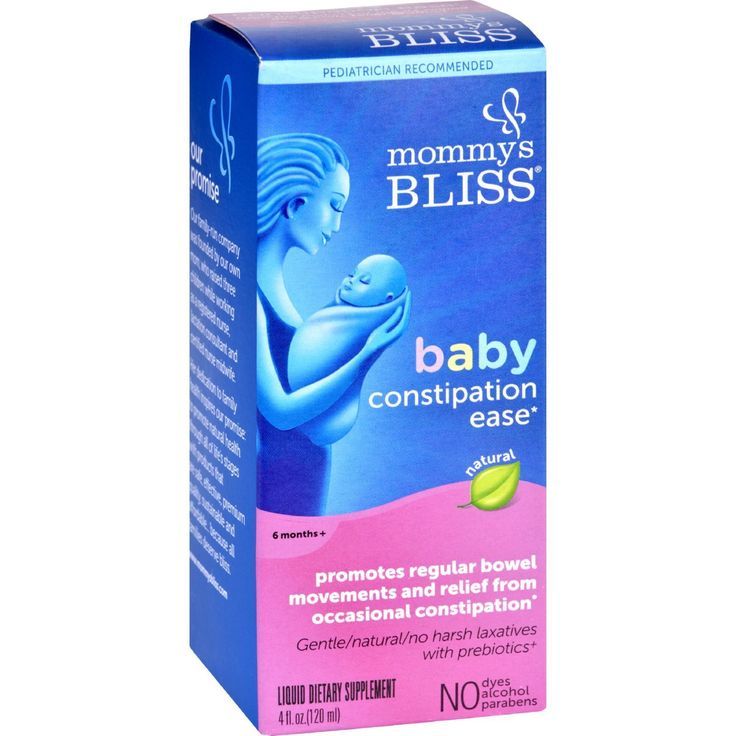 It is a mineral that is rich in natural magnesium, which is necessary for the health of the digestive system. Detoxmag relaxes the intestinal muscles, has a mild laxative and choleretic effect. Therefore, it copes even when other medicines are powerless. Magnesium supplement is completely natural, non-addictive and without side effects.
It is a mineral that is rich in natural magnesium, which is necessary for the health of the digestive system. Detoxmag relaxes the intestinal muscles, has a mild laxative and choleretic effect. Therefore, it copes even when other medicines are powerless. Magnesium supplement is completely natural, non-addictive and without side effects.
Microlax - for emergencies
How to get rid of constipation quickly? Microclyster "Mikrolaks" will help. Unlike traditional cleansing, it is more convenient to use (the solution for the procedure does not need to be prepared independently) and does not cause discomfort. Despite the small volume, it is a very effective remedy for constipation.
The mechanism of action is simple - the microclyster softens the stool and facilitates bowel movements. Active substances have only a local effect and do not penetrate into the blood, so they can be used even by pregnant women and nursing mothers. However, microclysters cannot be considered as a standalone treatment option.